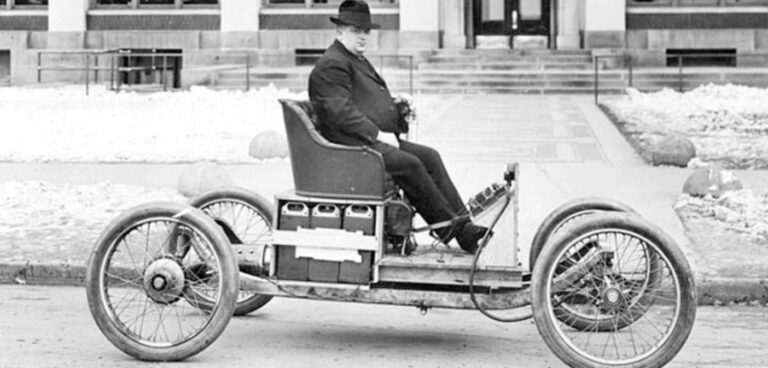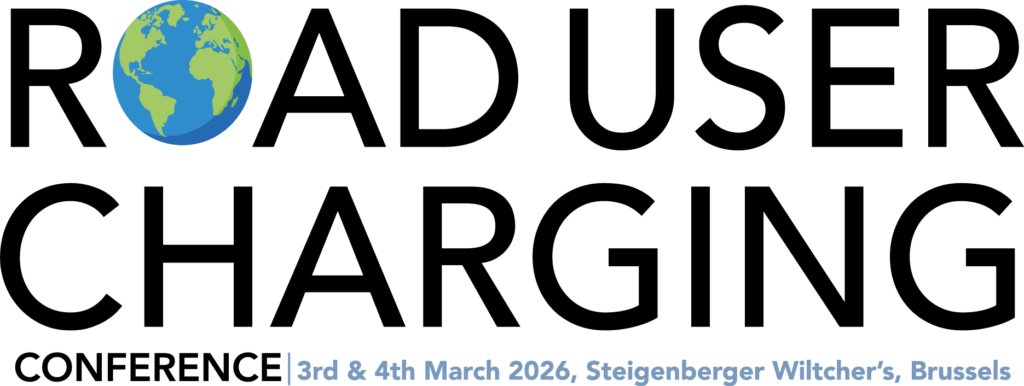CiTTi Magazine‘s resident columnist, Keith Mortimer, asks, by what process does a hero turn out to be a villain?
“How unbelievably abnormal, the normal is that people accept.” Interviewed about rising congestion by the Cambridge Independent, councillor Elisa Meschini of the Greater Cambridge Partnership spoke a great truth. Any rational being must agree. In a new and improved normality, revenues from road users could refresh threatened transport services and encourage better choices.
Some city dwellers are quick to adapt their habits, finding that it’s more vital to own a smartphone than a vehicle. Others are more resistant to the next big thing. Both times, individual expectations will typically outweigh governors’ cherished hopes. It seems equally possible that either technology or inertia will spawn the new abnormal. Attention must be paid when a bandwagon begins (or fails) to roll. It’s tricky. By what process does a blessing become a curse, or a hero turn out to be a villain?
Chilling out
Some 80 years ago in the USA, while the Earth still had but one satellite, Henry Galson engineered the mass-produced air conditioner. Galson’s affordable invention turned architecture inside-out. The same glass-fronted pyramid could be placed anywhere from Cambridge to Cairo or Kuala Lumpur. In warmer climes a habitable building no longer needed thick walls, high ceilings and a courtyard. Wisdom from Pharoanic ages could safely be sidelined. Yesterday’s new normal evolved as a gilded, hermetically sealed heaven empowered by cool tech and cheap energy. Lee Kuan Yew, the first prime minister of Singapore, called it “one of the signal inventions of history” enabling his country’s rapid progress.
Taken for granted, refrigerated buildings now consume a tenth of all global electricity. As the rest of the world catches up, the International Energy Agency warns that installations will triple to 5.6 billion by 2050. All that extra e-power is equal to the current capacity of the USA, the EU and Japan together. Warm cities just got warmer. The race to power the necessary normal becomes more urgent. This year’s COP27 host has eternally respected the renewable power of sunlight. But delegates might discuss exactly what the question was if the answer involves spending half of the energy budget to stay cool. Innovation must go hand-in-hand with conservation, and efficient usage is the best partner of both.
Written in the stars
At the start of the last century in the USA, Henry Ford went to work for Thomas Edison. A whole century earlier, Alessandro Volta’s experiments had ushered in the electric future. Keen to exploit the newly patented alkaline battery, the two inventors prototyped the US$500 electric car. Sadly, the technology still needed more work. The plug was pulled on their premature venture, an original victim of range anxiety. Edison encouraged Ford to pursue his own dream, and by 1918, half of all the cars in the USA were gas-fuelled Model Ts. So began the story of the biggest man-made disruption in history. And there’s nothing under the sun more normal than driving a car.
Space became mankind’s domain in 1958 when Vanguard 1 was the first solar-powered satellite to orbit the Earth. She’s still up there, having circled overhead more than 250,000 times, while Earth’s normality has been invaded by epic congestion, toxic pollution and chronic heating. Up to now at least 8,000 satellites have joined her, with plans to launch 40,000 more. Hopefully this commercial blessing won’t block our view of other suns that could yet be powering great civilisations upon unknown planets. No doubt, those alien engineers would recite their own history of heroic failures and unexpected successes. They’d be impressed to learn how humans had combined knowledge from ancient Greece with homage to a Napoleonic professor in deciding that the future is surely photovoltaic.
Completing the circuit
In a different normal, solar and battery technology would have received the timely investments that ramped up fossil-fuelled industries. Ford and Edison would create the US$500 Model e-T assembly line, short-circuiting the milliamps-to-gigawatts journey begun by Volta, Galvani and Einstein. While governments still needed to fund roads and manage congestion, they had blessedly swerved the polluted-planet trap. In the uncarbonised world, we would be storing up energy rather than problems. Aliens observing the early history of the compact solid-state battery might smile knowingly at a footnote about experiments with less desirable propellants.
It’s hard to shake a century-old dependence on plentiful, cheap power, even knowing that despite all its blessings, careless use has caused harm. The good news is that sunlight offers the cheapest source of electricity in human history. Emerging nations, able to leapfrog over the Western springboard of fossil addiction, need not conquer the economic cold turkey of withdrawal. Long-time addicts are learning that it’s not normal to live in a world of extremes. To be a hero, don’t be too ready to transplant the high-waste habits of a lifetime straight into a future ecosystem.
History shows that technology offers answers, but with hindsight the original questions seem incomplete. Machines can be made more efficient. Buildings can be better insulated. Streets aren’t just for fast cars. Architects, planners and mobility experts can be smarter about the next normal, instead of trying to create imaginary utopias based on a fossilised lifestyle.
Everyone’s normality is different. It changes, always moulded from what they have now plus external impacts, plus what they do about them. The heroes and villains are us. The biggest disruption comes from within: reinventing the way we see the future, through cooperation rather than narrow self-interest. That really shouldn’t be abnormal.
This article was originally published in the November 2022 issue of CiTTi Magazine.





